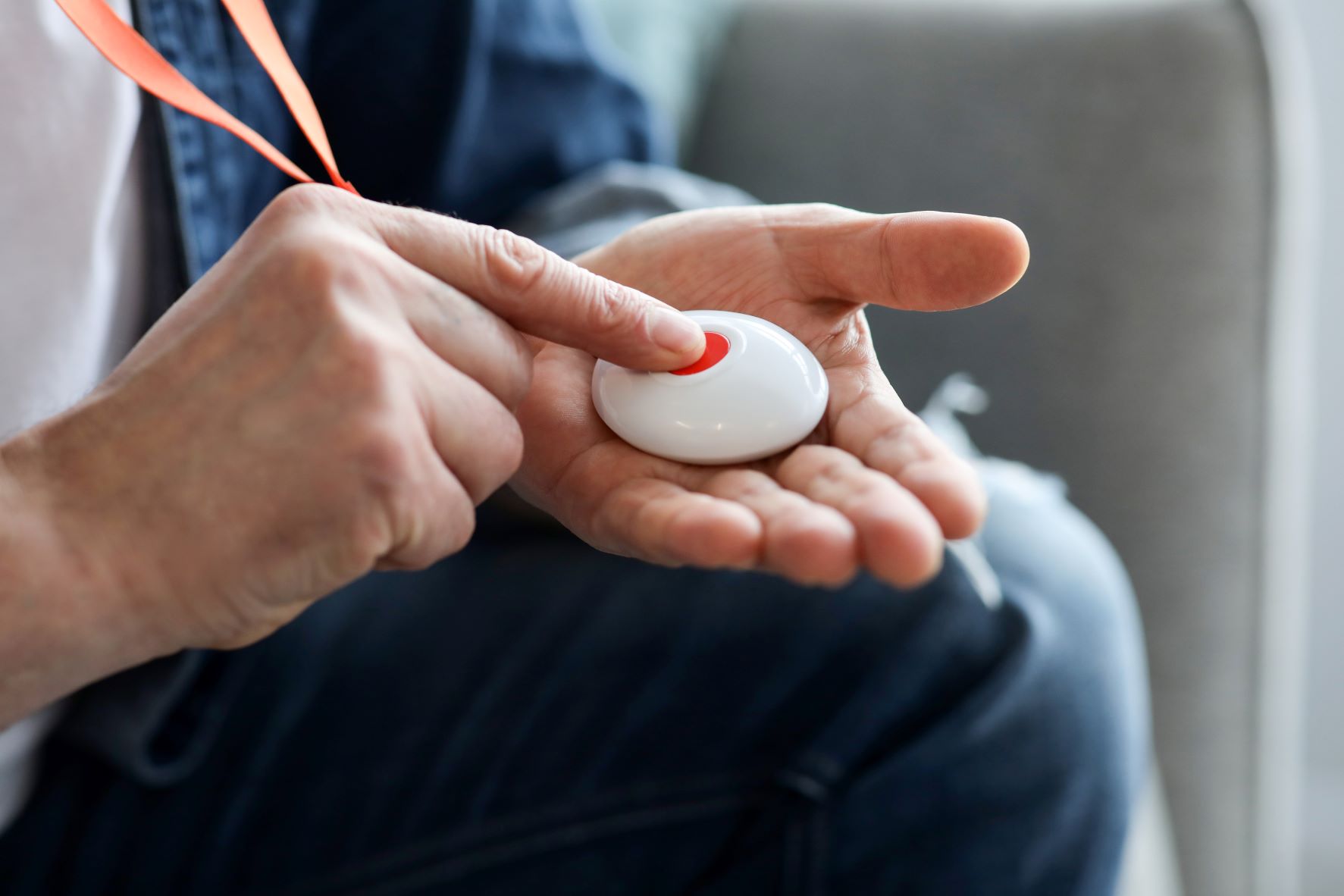
Preventing and detecting falls in hospitals using health technologies
New scoping review maps the way for future research
Falls are a major health concern globally. According to the World Health Organization falls are the second leading cause of unintentional injury deaths. Each year, around 37.3 million falls require medical attention, and 684,000 result in death. Fatal falls are more common among older people, and non-fatal falls are a major cause of pain, disability and loss of independence. With the aging population, the rate of falls is expected to increase.
Falls are one of the most common adverse events associated with hospital care. Every person admitted to hospital has risk factors for falling while in hospital. ‘In-hospital falls is an important issue worldwide with significant human and economic consequences’, says Prof Kay Cooper.
Prof Cooper is the lead author of a new scoping review that maps technologies for falls prevention and detection in adult hospital in-patients. She says that the scoping review came about from a question posed by two of the review’s co-authors who are employed in the health service in quality and safety-related roles. They wanted to make evidence-informed decisions about what technologies to implement locally to address the issue of falls, which is a major safety issue:
‘We brought together a team of clinicians, clinical-academics and academic researchers, and after an initial investigation of the evidence base, we decided that the best approach would be to map the existing evidence so we could fully understand the range of technologies out there for prevention and detection of in-hospital falls.’
Prof Cooper points out that a scoping review’s aim is not to produce a direct clinical recommendation or statement to guide decision making. Rather, using scoping review methodology meant that the large volume of existing research literature on falls prevention and detection technologies could be examined and mapped:
‘We wanted to know about technologies that were already being used in the hospital setting, and also those that were being developed for use in the hospital setting, as these “near-ready” technologies may transform this field in future years. This would allow us to then systematically review relevant sections of the evidence base to enable appropriate recommendations for practice to be made … We also wanted to know how studies on falls prevention and detection technologies have measured outcomes. This was so we could identify relevant measures to focus on in subsequent systematic reviews of sections of this large evidence base.’
This scoping review not only provides a thorough overview of the large amount of available research literature that exists, but also serves as a precursor to a systematic review.
The research literature available on falls prevention and detection technologies is indeed extensive. Following a rigorous screening process, 404 studies were included in the scoping review:
‘This was the largest review we have undertaken to date. While we expected a reasonable amount of literature, we hadn’t anticipated including over 400 articles! The importance of maintaining a clear audit trail of decisions around inclusion/exclusion and having reliable systems for managing large numbers of studies was certainly highlighted to our team during this review, and has informed our approach for other ongoing reviews that are similarly large in scope.’
Most of the research literature included in the scoping review reported on health technologies aimed at falls prevention. There was less focus on falls detection technologies, and while preventing falls should be a priority, the authors argue that it is unrealistic to expect that inpatient falls can be completely eradicated. Therefore, hospitals must have the means and technologies to be able to detect falls quickly and accurately.
The authors also found a number of interesting and surprising results while undertaking the scoping review:
'The number of “emerging technology development” studies was interesting. These mostly related to falls detection, a much smaller body of literature than falls prevention, and it will certainly be worth following progress of these technologies to see what can be implemented in the clinical setting, particularly with the fast-pace of change in the digital health and care arena. The relatively small numbers of studies on pharmacological and nutritional technologies was surprising, although may be related to the way we constructed our review questions and search strategy. The very small number of exercise-based interventions was another surprise, especially as these are so well-researched and utilized for falls prevention in the community setting.'
While this scoping review does not provide a direct clinical recommendation, Prof Kay Cooper stresses its importance, as it provides a thorough overview of the literature published to date. Moreover, it can provide reassurance to clinicians:
‘Until further work establishes whether multifactorial or multicomponent interventions are superior, and which intervention ingredients are most effective, clinicians who employ falls education and training, falls leadership strategies, and risk assessment tools can be reassured that they are practising in keeping with commonly reported interventions.’
In order to provide a statement on guidance for clinicians in their decision making, or a direct recommendation, Prof Cooper and a team of co-authors are currently undertaking a systematic review on the topic of falls prevention and detection technologies: ‘There is a pretty extensive body of literature, but gaps in the evidence base remain. By undertaking this scoping review, we were able to recommend which further evidence syntheses should be conducted, and have progressed with two of these to date.’
Reflecting on the scoping review, Prof Cooper says:
‘We definitely benefited from out multidisciplinary team, which was augmented by a steering committee that included people with lived experience and clinicians. It can be easy for reviews to become too academic, and this really helped to keep the work in context and relevant to the setting that we want the findings to ultimately be applied to.’
Reference